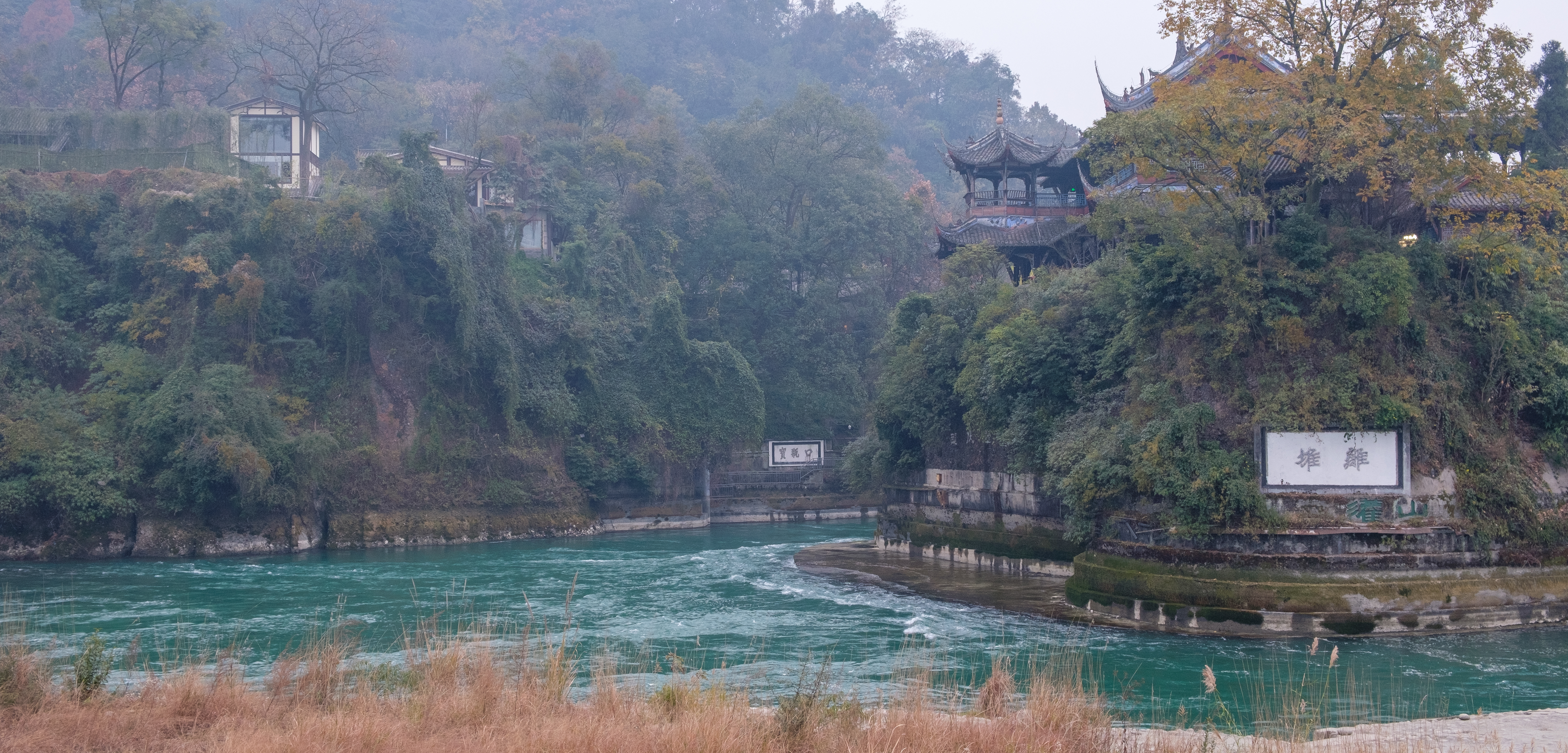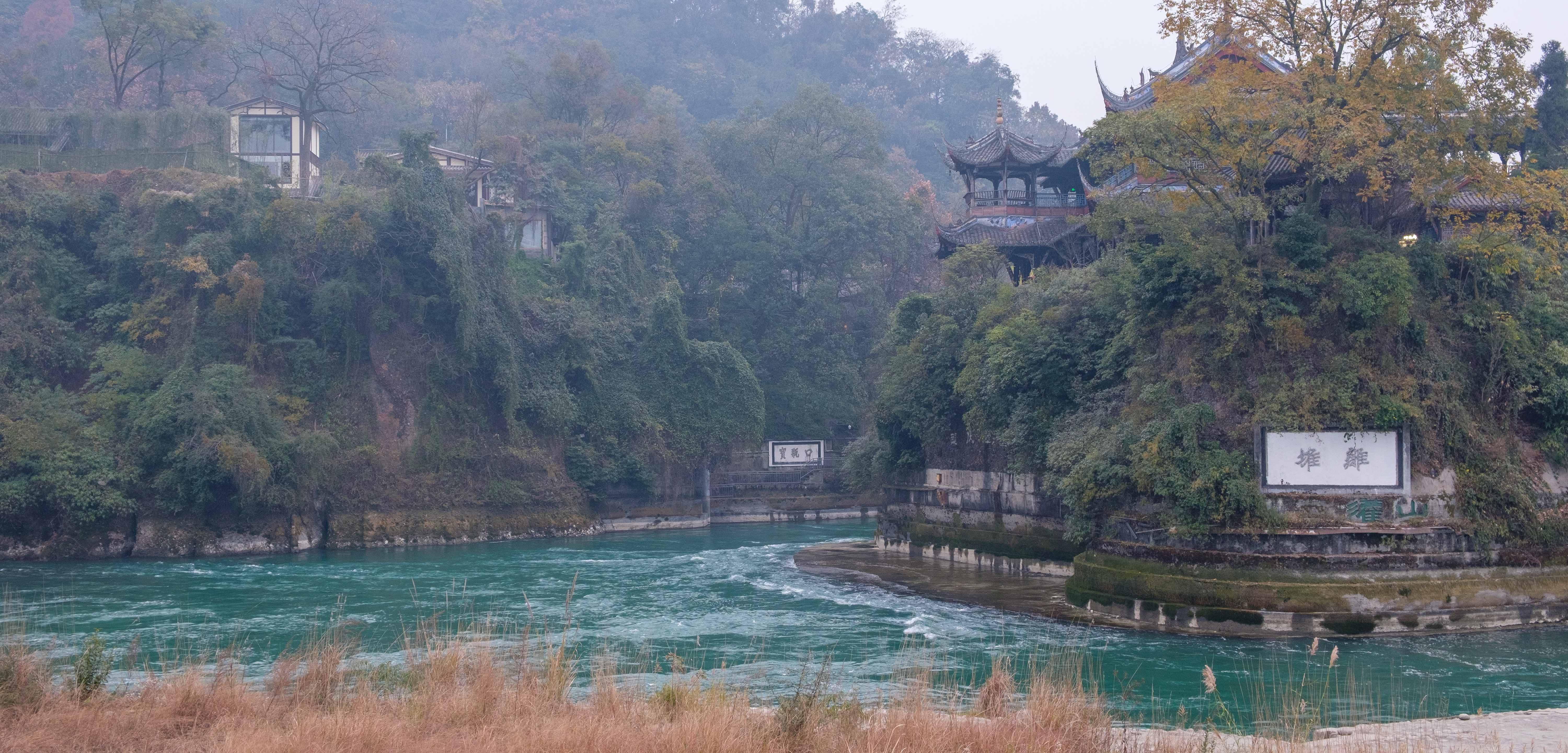Dujianyan

Dujiangyan Irrigation System, China
The Dujiangyan Irrigation System, located near Chengdu in Sichuan Province, is an ancient engineering marvel and a UNESCO World Heritage Site. Built over 2,000 years ago during the Qin Dynasty, this ingenious water management system has played a crucial role in transforming the Chengdu Plain into one of China’s most fertile regions. Unlike traditional dams, Dujiangyan uses a series of levees, canals, and weirs to control water flow, prevent flooding, and irrigate vast areas without disrupting the natural ecosystem.
The system’s three main components—Fish Mouth Levee, Flying Sand Weir, and Bottle-Neck Channel—work in harmony to redirect and regulate water from the Minjiang River. Beyond its practical function, Dujiangyan is a symbol of human ingenuity and environmental sustainability. Visitors can marvel at its timeless design while exploring the lush surroundings, including the nearby Erwang Temple and scenic Mount Qingcheng. Whether admired for its historical significance or its continued contribution to local agriculture, Dujiangyan remains a testament to the brilliance of ancient Chinese engineering.
都江堰,中国
都江堰水利工程位于四川省成都市附近,是一项古老的工程奇迹,也是联合国教科文组织的世界遗产。都江堰建于2000多年前的秦朝,以其巧妙的水管理系统闻名,它在不破坏自然生态系统的情况下,有效地控制水流、防止洪涝,并灌溉了广袤的区域,从而将成都平原转变为中国最富饶的地区之一。
都江堰的三大核心部分——鱼嘴分水堤、飞沙堰和宝瓶口——相辅相成,协同作用,从岷江中分流并调节水量。除了其实用功能外,都江堰还象征着人类智慧与环境可持续性的完美结合。游客不仅可以感叹其永恒的设计之美,还可以探索郁郁葱葱的周边景点,包括附近的二王庙和风景秀丽的青城山。无论是因其历史意义还是对当地农业的持续贡献,都江堰都堪称中国古代工程的伟大杰作。
